What Are Brambles – Learn What Makes A Plant A Bramble
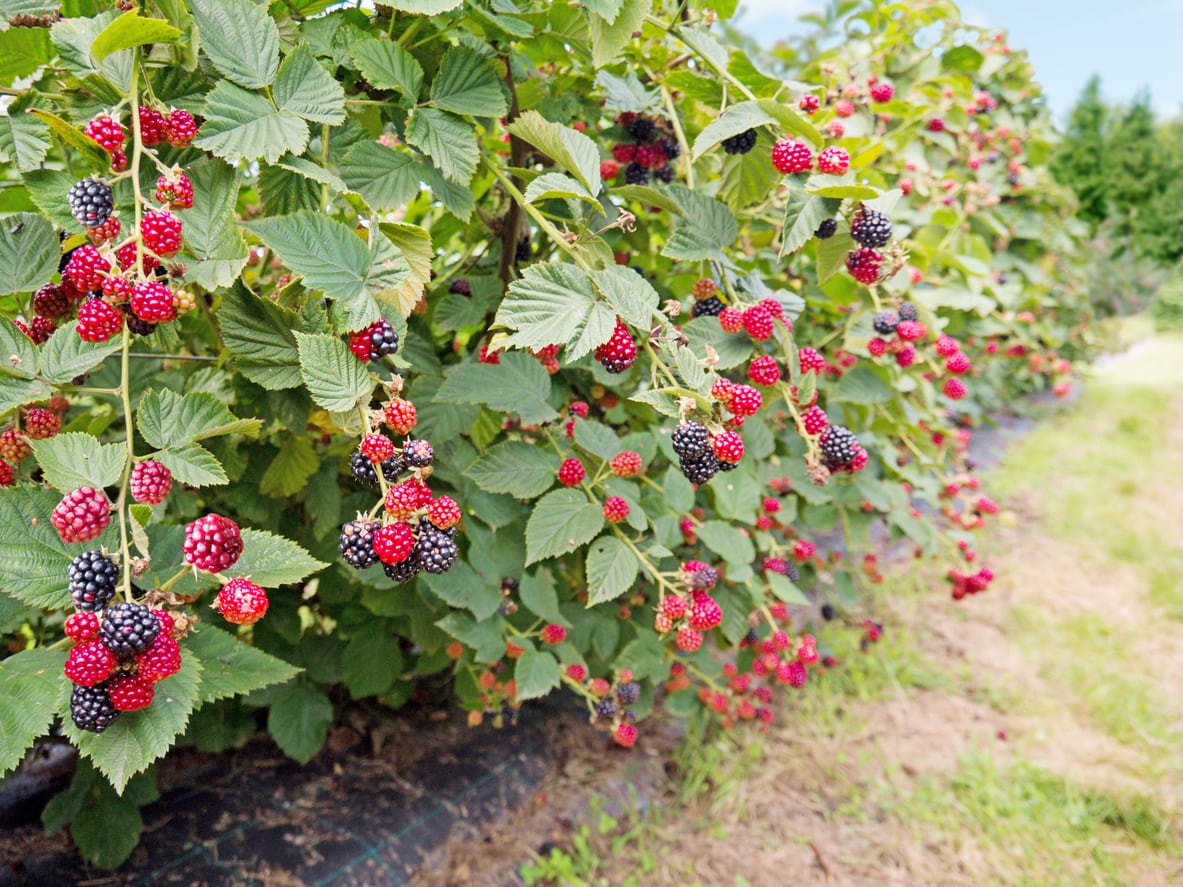

Brambles are plants that belong to the same family as the rose, Rosaceae. The group is pretty diverse and the members are favorites of gardeners who enjoy growing and eating berries. Both raspberry and blackberry belong to the bramble group. Let’s learn more about bramble bushes in the landscape.
What are Brambles?
Bramble is not a scientific term, but it is commonly used to describe certain members of the rose family of plants. It includes the shrub-like Rubus genus of plants that have thorns and produce edible fruit. The most well-known brambles are raspberries and blackberries, but there are numerous varieties of these as well as other types of brambles. Many bramble bushes often grow wild in certain areas but are also cultivated for the berries. In addition to raspberries and blackberries, dewberries, boysenberries, and loganberries are also brambles.
Characteristics of Brambles
What makes a plant a bramble is the presence of thorns, usually edible fruit, and belonging to the Rubus genus. Other characteristics of these plants include perennial crowns and roots and biennial canes, on which the fruit grows. Brambles may be very shrubby, have distinct canes, or grow trailing vines.
Bramble Plant Info for Growing
Growing brambles in the home garden is easy, especially in their native range in the northeastern U.S. Brambles need a lot of sunlight but some protection from wind and cold. They need slightly acidic, well-drained soil and will not tolerate soggy roots. Wild brambles may carry pests and diseases that infect cultivated varieties, so choose a planting location well away from any wild plants. Bramble varieties may be summer-bearing, producing fruit just once each summer, or primocane-bearing, which means both first-year and second-year canes bear fruit at different times. Knowing which you have is important for pruning. Use a 10-10-10 fertilizer each year as the brambles begin to bloom for maximum growth and production. Most types of brambles produce delicious, edible berries and are easy to grow in the home garden. They will give you a good harvest of berries by the second year so there is little wait time.
Gardening tips, videos, info and more delivered right to your inbox!
Sign up for the Gardening Know How newsletter today and receive a free copy of our e-book "How to Grow Delicious Tomatoes".

Mary Ellen Ellis has been gardening for over 20 years. With degrees in Chemistry and Biology, Mary Ellen's specialties are flowers, native plants, and herbs.
-
 Looking For Plants To Give You The Soft And Fuzzies? Try These 5 Fuzzy Leaf Plant Options
Looking For Plants To Give You The Soft And Fuzzies? Try These 5 Fuzzy Leaf Plant OptionsLovers of texture, drama, silver foliage and tactile plants will adore these special sensory garden additions. These fuzzy leaf plant options will leave you all aglow
By Susan Albert
-
 Get Ready For A Summer Of Hummers! Grow These Full Sun Hummingbird Plants and Flowers
Get Ready For A Summer Of Hummers! Grow These Full Sun Hummingbird Plants and FlowersIf you’re lucky enough to enjoy a sunny backyard, make sure you are maxing out on your pollinator opportunities and grow these full sun hummingbird plants and flowers
By Tonya Barnett
-
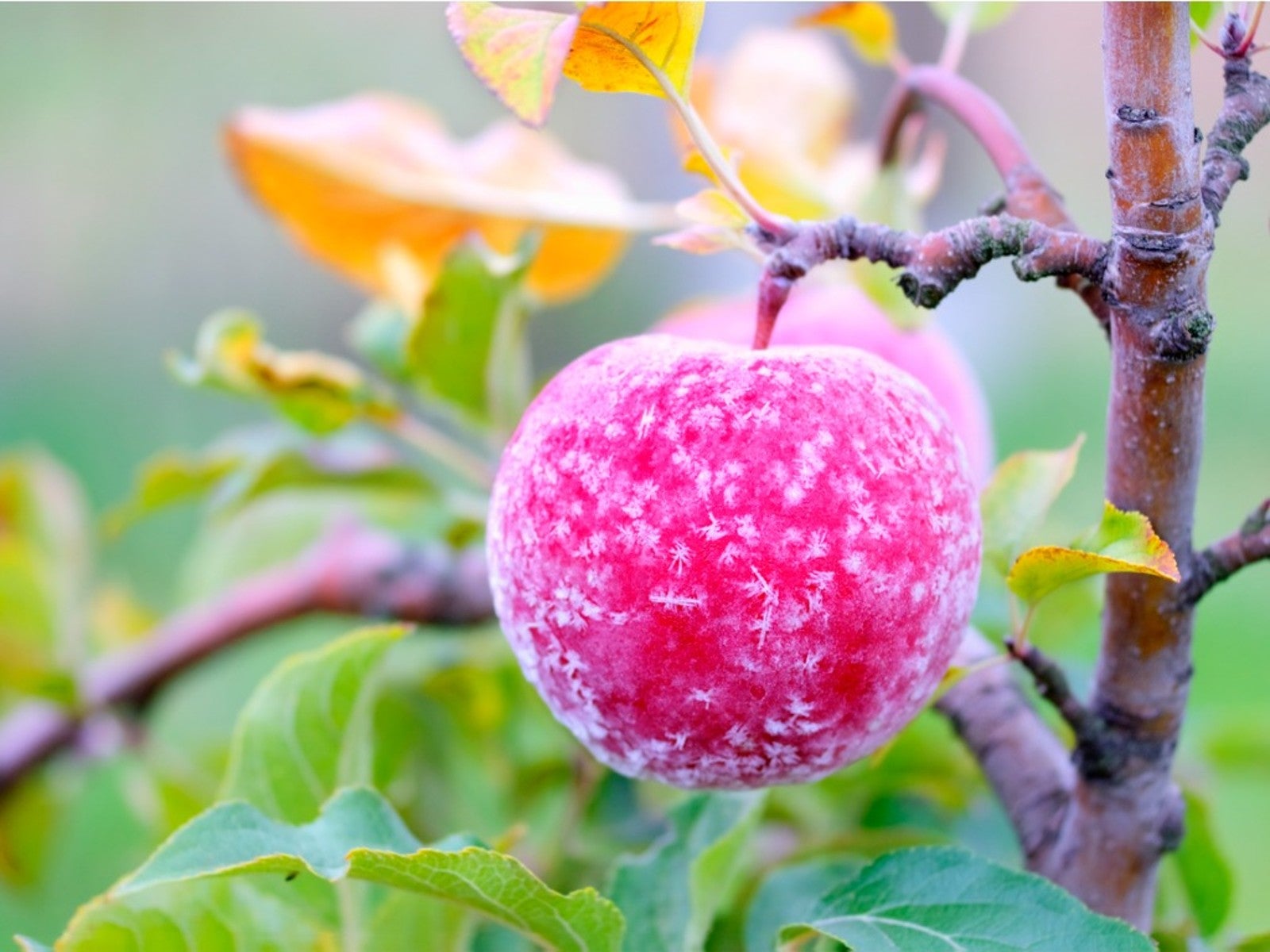 How To Protect Fruit Trees From Frost And Freeze
How To Protect Fruit Trees From Frost And FreezeChoosing fruit trees appropriate for your growing zone is best, but you still may need to protect them from extreme cold. Read how.
By Bonnie L. Grant
-
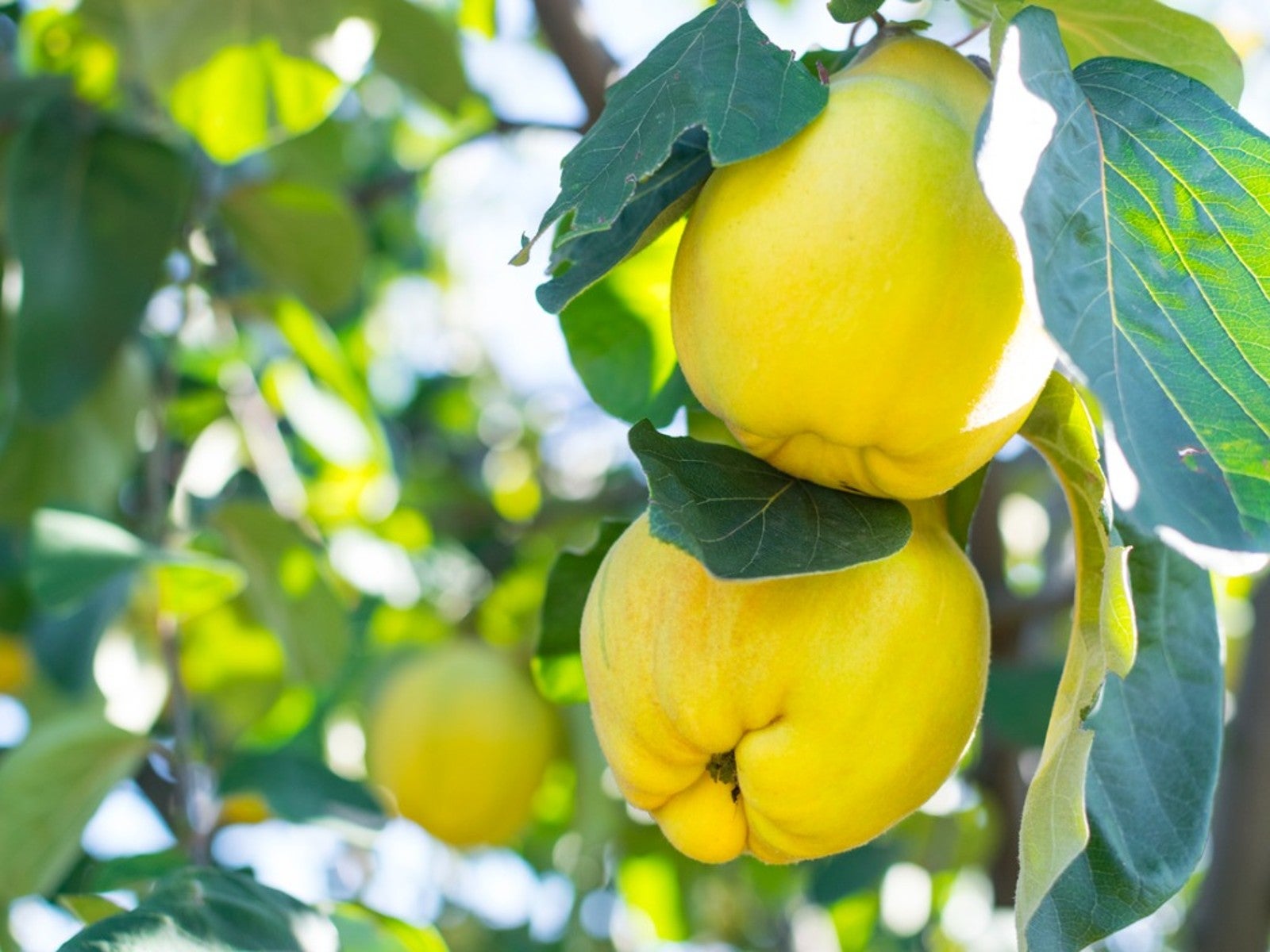 Best Plants For Late Summer and Fall Fruit Harvest
Best Plants For Late Summer and Fall Fruit HarvestEven if you don’t have the optimal conditions for more common fruit trees, there are other end of summer fruits to enjoy.
By Teo Spengler
-
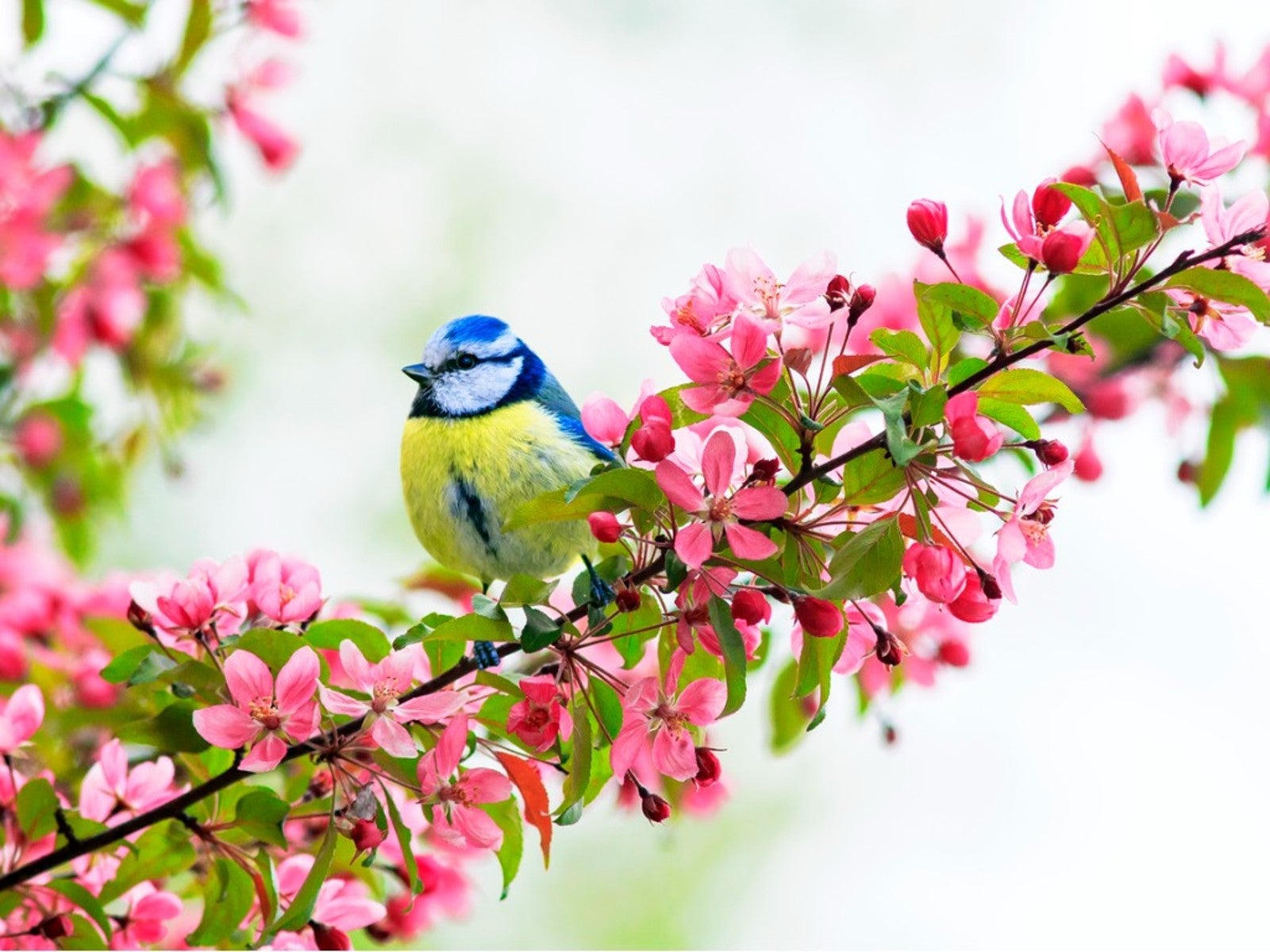 Best Native Fruit Trees To Support Wildlife
Best Native Fruit Trees To Support WildlifeIf you want trees that will attract and feed wildlife, learn the best kinds of edible fruit and nut trees to plant for inviting specific creatures.
By Teo Spengler
-
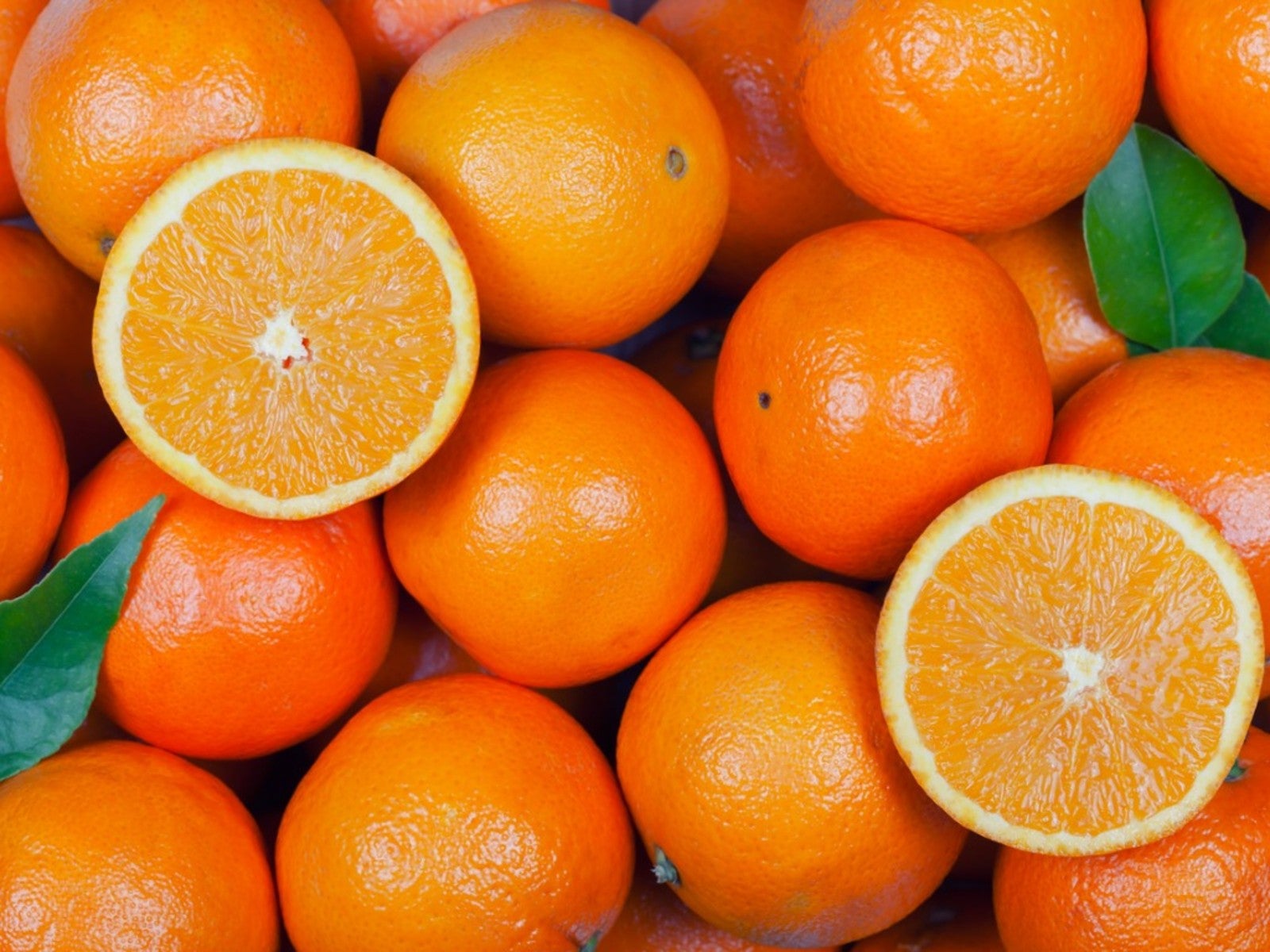 Orange Fruit Varieties: Growing Fruits That Are Orange
Orange Fruit Varieties: Growing Fruits That Are OrangeOrange colored fruit isn’t limited to the citrus orange. There are plenty of other orange colored fruit varieties, each packing a healthful punch. Read on for more.
By Amy Grant
-
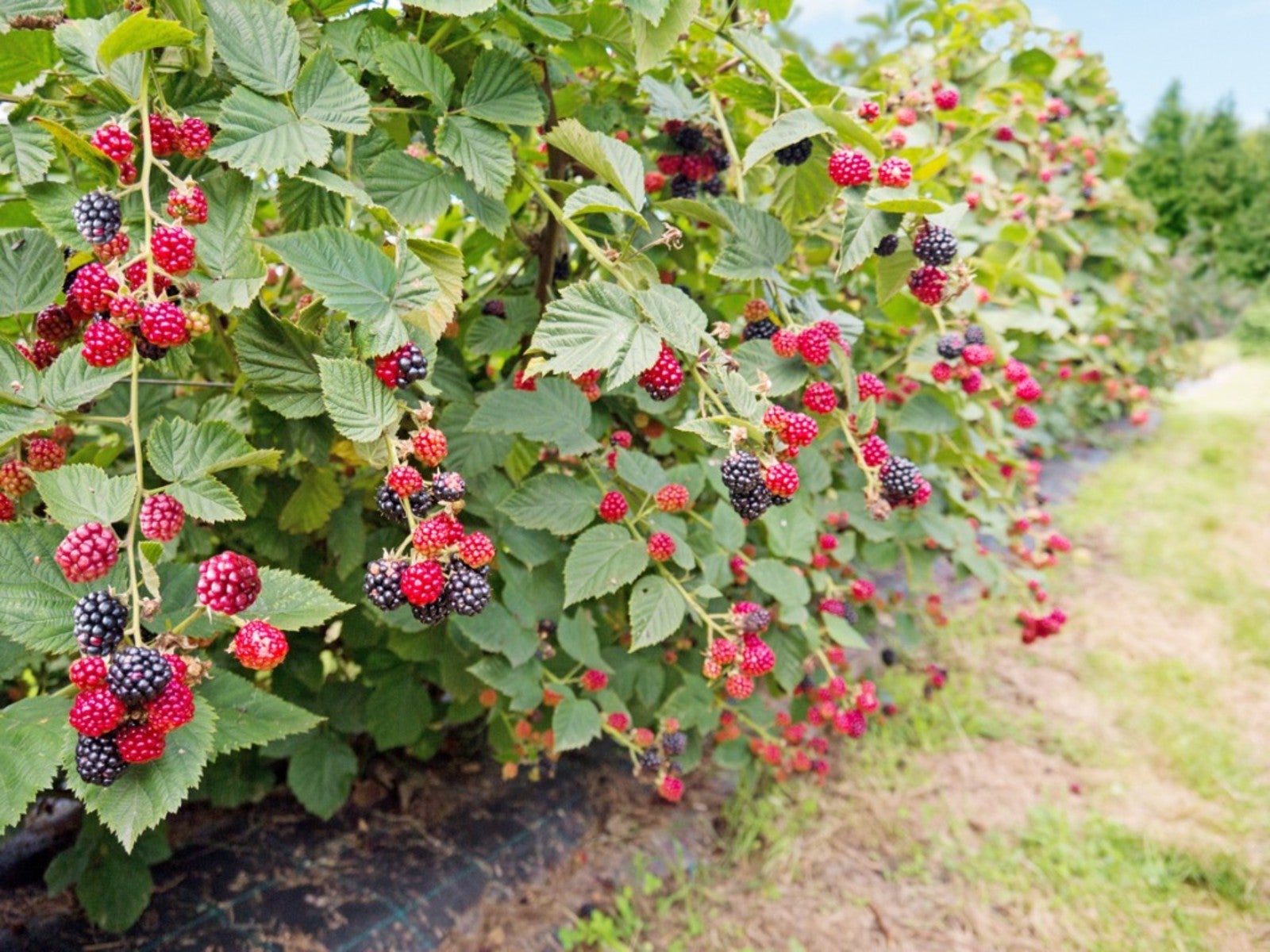 Everbearing Plants: Learn About Everbearing Varieties Of Fruit
Everbearing Plants: Learn About Everbearing Varieties Of FruitWhat does everbearing mean? And more importantly, how do everbearing varieties differ from non-everbearing types? Read on for more.
By Laura Miller
-
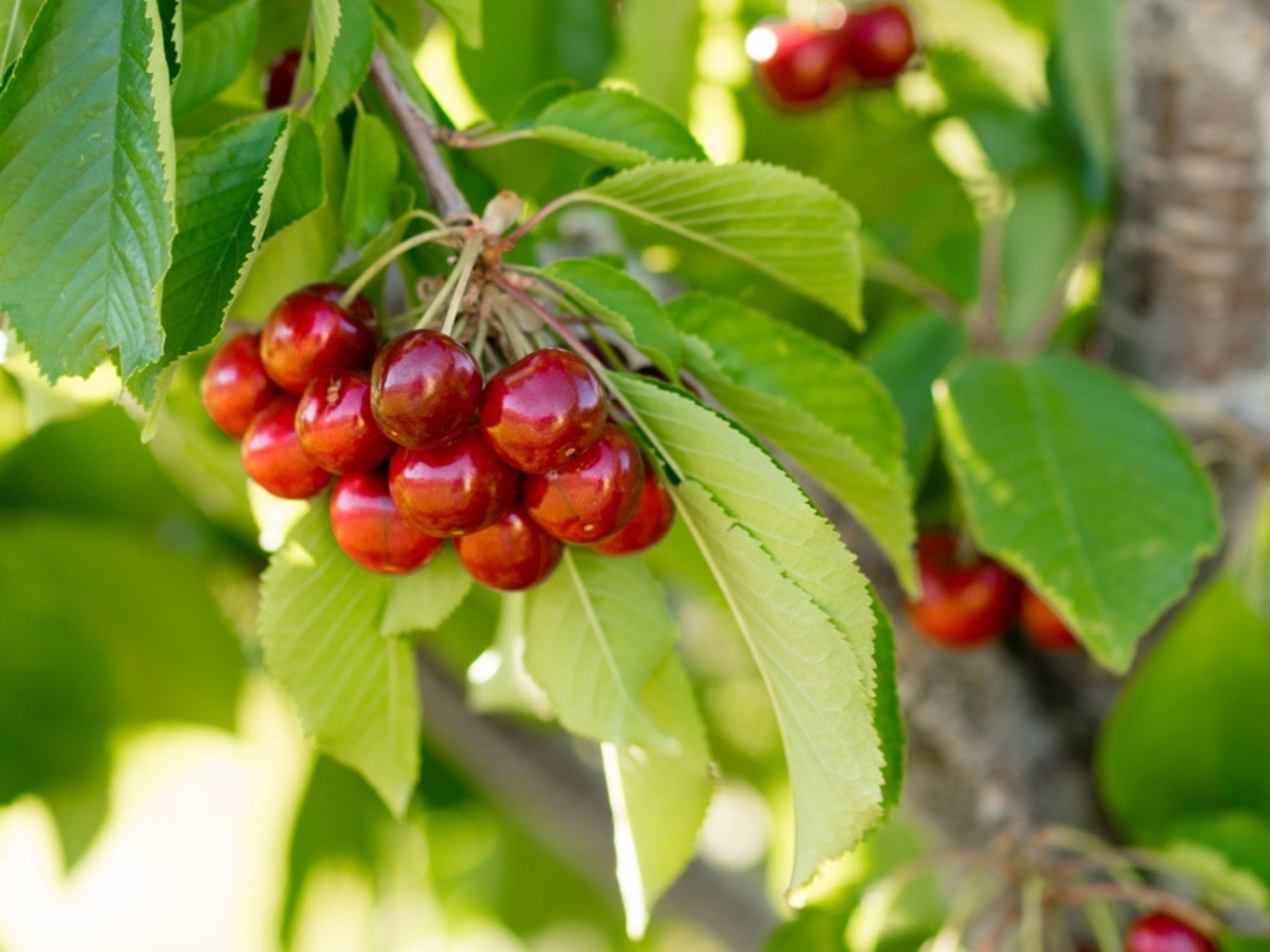 Plant A Red Fruit Garden: Growing Fruits With Red Flesh
Plant A Red Fruit Garden: Growing Fruits With Red FleshPlanting a red fruit garden may seem a bit whimsical. That is, until you realize the health benefits of consuming fruits with red flesh.
By Laura Miller
-
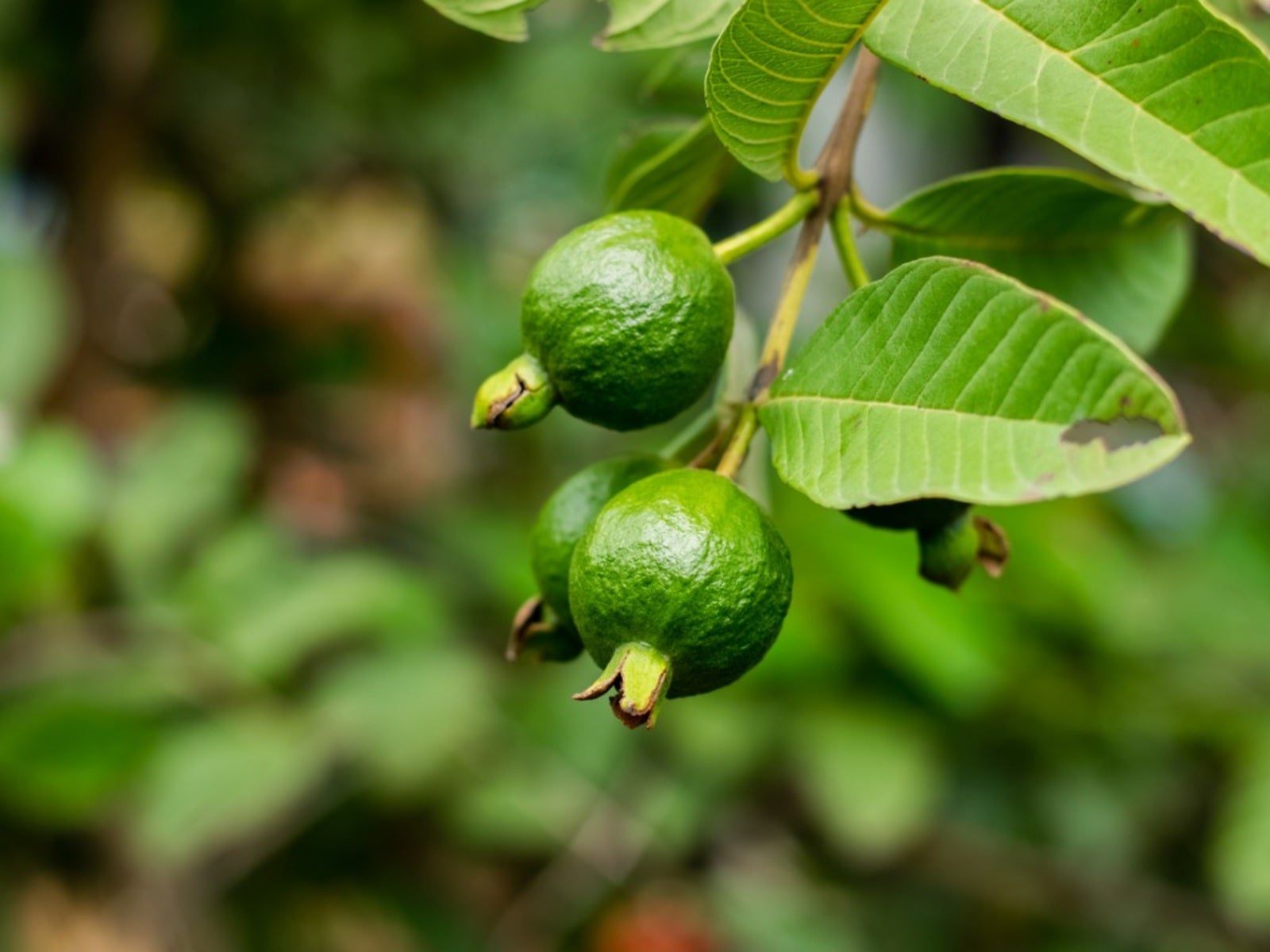 Heat Tolerant Fruits - Growing Fruit In Hot Weather
Heat Tolerant Fruits - Growing Fruit In Hot WeatherSome fruit grows in extreme heat naturally. But there are also specially cultivated, heat-tolerant varieties. For more information on heat tolerant fruits, read on.
By Teo Spengler
-
 Yellow Fruit Varieties - Growing Fruit That Is Yellow
Yellow Fruit Varieties - Growing Fruit That Is YellowWhat fruit is yellow? There's more than the bananas at the supermarket. Try growing yellow fruit for a consistent supply of sunny food.
By Bonnie L. Grant